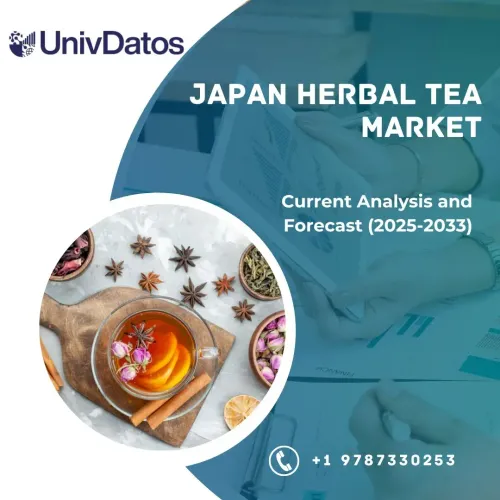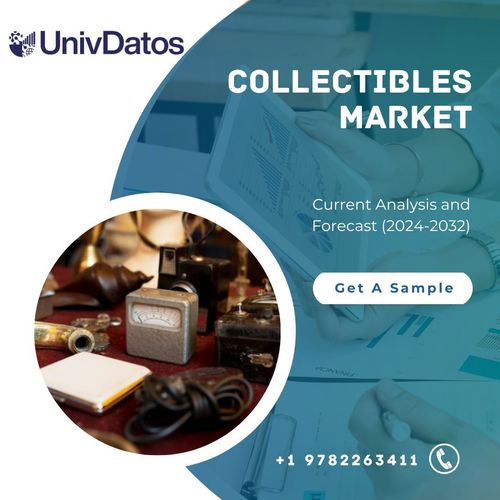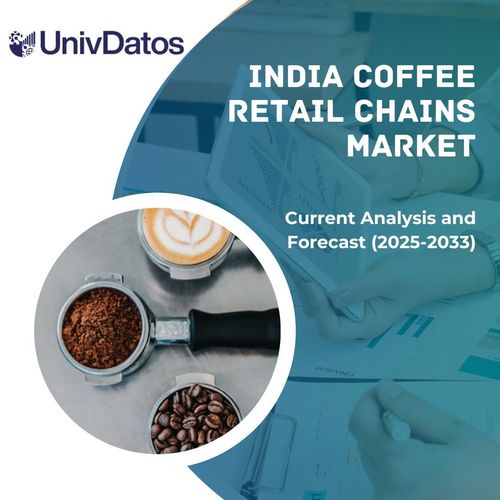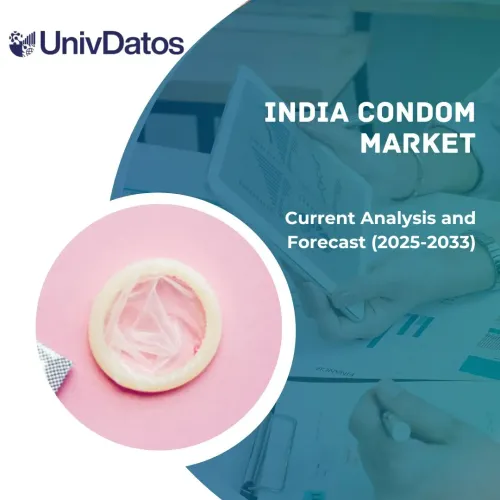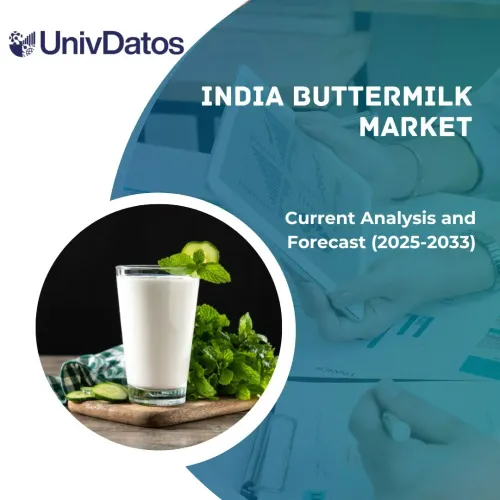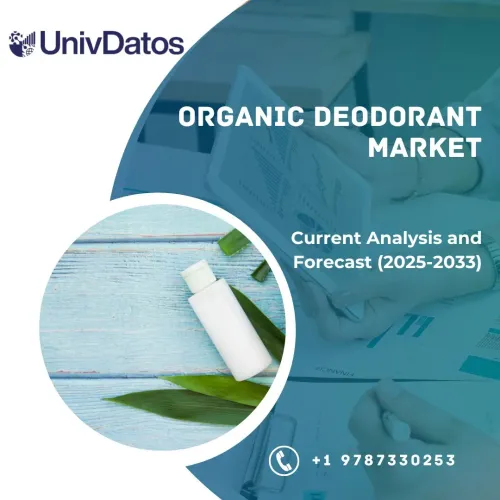- Home
- About Us
- Industry
- Services
- Reading
- Contact Us
Food Antioxidants Market: Current Analysis and Forecast (2022-2028)
Emphasis on Types (Natural, Synthetic); Form (Dry, Liquid); Application (Fats & Oils, Prepared Foods, Prepared Meat & Poultry, Others); Sources (Fruits & Vegetables, Oils, Spices & Herbs, Nuts and Seeds, Acid, Others); and Region/Country

The food antioxidants market is expected to register a CAGR of approx. 6% over the period of 2022-2028. People have become more health conscious, and they have begun to consume antioxidants for nutritional purposes. Antioxidants that boost immunity, improve memory, and aid in staying active are always in high demand, provided the product is completely organic. Antioxidants are typically available in powder or liquid form. There are two types of antioxidants: industrial antioxidants and food antioxidants. Food antioxidants are derived from fresh fruits and vegetables, whereas industrial antioxidants are derived from petroleum. Food antioxidants benefit the body in a variety of ways, including eye health, prostate health, heart health, and urinary tract health. Boosting the intake of food antioxidants in the diet will protect the human body against immune system issues, memory problems, and mood disorders. The growing demand for food antioxidants can be attributed to the owing to the consumption of processed food among the growing population across the globe. For instance, according to the WHO, the world population increased from 7.6 billion in 2019 to 7.84 billion in 2021. Owing to the glaring statistics due to the rising population the demand for food antioxidants is boosted due to changing consumer preferences due to fast-paced lifestyles across the globe and would contribute to the growth of the market in the forthcoming period as well. Furthermore, the rise in purchasing power coupled with the longer shelf-life of food and increasing awareness among consumers for healthier alternatives are also some of the prominent factors that drive the market growth. However, some of the restraints in the market including the high costs of natural antioxidants are impeding the growth of this market all over the world.
BASF SE, Archer-Daniels-Midland Company, Koninklijke DSM N.V, Kemin Industries, Inc, Barentz International BV, Camlin Fine Sciences, BTSA, Foodchem International Corporation, 3A Antioxidants, Nagase Group are some of the key players in the market. Several M&As along with partnerships have been undertaken by these players to facilitate customers with innovative products.
Insights Presented in the Report
“Amongst types, the synthetics category accounted for the significant share in the market in 2020”
Based on the types, the food antioxidants market is segmented into natural and synthetics. The synthetics segment accounted for a significant market share and it is estimated that it will grow rapidly during the projected timeframe. Synthetic food antioxidants are synthesized from petroleum-based products. They are used primarily in the food industry to delay lipid oxidation for stabilizing and preserving refined fats & oils within a food product. Further, synthetic antioxidants are also used to restore or improve the natural defences of oils and fats against oxidative damage, extending their shelf life significantly.
“Amongst forms, the dry category is expected to witness considerable CAGR during the forecast period”
Based on the form, the market is fragmented into dry and liquid. The dry segment grabbed a considerable market share, and it is expected to grow at a significant CAGR during the forecast period. Most synthetic food antioxidants are in the dry form, which includes fine granular, fine powder, flakes, and tablets as they are easy to mix with various food products such as bakery & confectionery. The manufacturers or producers process them to convert into a form most suitable for stakeholders. For instance, BHA occurs in the form of a waxy, white solid, sold in the market mostly as tablets or flakes, though it is also available as a powder.
“Amongst applications, the prepared meats & poultry category is expected to witness considerable CAGR during the forecast period”
Based on the applications, the market is fragmented into fats & oils, prepared foods, prepared meats & poultry, and others. The prepared meats & poultry segment grabbed a considerable market share, and it is expected to grow at a significant CAGR during the forecast period. Antioxidants can help extend the shelf life of meat and poultry products as during storage prepared meat and poultry products containing fat and unsaturated fatty acids undergo oxidative degradation. Antioxidants prevent lipid oxidation, lessen rancidity, and preserve the quality of meat and poultry products while extending their shelf lives without having a negative impact on their nutritional or sensory qualities.
“Amongst sources, the acid category is expected to witness considerable CAGR during the forecast period”
Based on the sources, the market is fragmented into fruits & vegetables, oils, spices & herbs, nuts & seeds, acid, and others. The acid segment grabbed a considerable market share, and it is expected to grow at a significant CAGR during the forecast period. Acid contains PG, oils, and fats that help prevent oxidation and is mainly used for processed foods as a synthetic food antioxidant. Among various sources of synthetic antioxidants, gallic acid (3,4,5- trihydroxy benzoic acid), a naturally occurring low molecular weight triphenolic compound, has emerged as a strong antioxidant.
“Asia Pacific to witness significant growth during the forecast period”
For a better understanding of the market dynamics of the food antioxidants market, a detailed analysis was conducted for different regions across the globe including North America (the U.S, Canada, and the Rest of North America), Europe (Germany, France, Spain, United Kingdom, Italy, and Rest of Europe), Asia-Pacific (China, India, Australia, Japan, and Rest of APAC), Rest of World has been conducted. The Asia Pacific constitutes a major market for the food antioxidants industry owing to the rising demand for crop products, rapid urbanization and upsurge in the consumption of processed food in this region.
Reasons to buy this report:
- The study includes market sizing and forecasting analysis validated by authenticated key industry experts.
- The report presents a quick review of overall industry performance at one glance.
- The report covers an in-depth analysis of prominent industry peers with a primary focus on key business financials, product portfolio, expansion strategies, and recent developments.
- Detailed examination of drivers, restraints, key trends, and opportunities prevailing in the industry.
- The study comprehensively covers the market across different segments.
- Deep dive regional level analysis of the industry.
Customization Options:
Global food antioxidants market can further be customized as per the requirement or any other market segment. Besides this, UMI understands that you may have your own business needs, hence feel free to connect with us to get a report that completely suits your requirements.
Table of Content
Research Methodology for the Global Food Antioxidants Market Analysis (2022-2028)
Analyzing the historical market, estimation of the current market, and forecasting the future market of the global food antioxidants market were the three major steps undertaken to create and analyze the adoption of food antioxidants in major regions globally. Exhaustive secondary research was conducted to collect the historical market numbers and estimate the current market size. Secondly, to validate these insights, numerous findings and assumptions were taken into consideration. Moreover, exhaustive primary interviews were also conducted, with industry experts across the value chain of the global food antioxidants market. Post assumption and validation of market numbers through primary interviews, we employed a top-down/bottom-up approach to forecasting the complete market size. Thereafter, market breakdown and data triangulation methods were adopted to estimate and analyze the market size of segments and sub-segments the industry pertains to. Detailed methodology is explained below:
Analysis of Historical Market Size
Step 1: In-Depth Study of Secondary Sources:
Detail secondary study was conducted to obtain the historical market size of the food antioxidants market through company internal sources such as annual report & financial statements, performance presentations, press releases, etc., and external sources including journals, news & articles, government publications, competitor publications, sector reports, third-party database, and other credible publications.
Step 2: Market Segmentation:
After obtaining the historical market size of the food antioxidants market, we conducted a detailed secondary analysis to gather historical market insights and share for different segments & sub-segments for major regions. Major segments included in the report as the types, forms, applications, and sources. Further country-level analyses were conducted to evaluate the overall adoption of testing models in that region.
Step 3: Factor Analysis:
After acquiring the historical market size of different segments and sub-segments, we conducted a detailed factor analysis to estimate the current market size of the food antioxidants market. Further, we conducted factor analysis using dependent and independent variables such as increasing demand for poultry and changing consumer preferences due to fast-paced lifestyles, etc. globally. A thorough analysis was conducted for demand and supply-side scenarios considering top partnerships, mergers and acquisitions, business expansion, and product launches in the food antioxidants market sector across the globe.
Current Market Size Estimate & Forecast
Current Market Sizing: Based on actionable insights from the above 3 steps, we arrived at the current market size, key players in the global food antioxidants market, and market shares of the segments. All the required percentage shares split, and market breakdowns were determined using the above-mentioned secondary approach and were verified through primary interviews.
Estimation & Forecasting: For market estimation and forecast, weights were assigned to different factors including drivers & trends, restraints, and opportunities available for the stakeholders. After analyzing these factors, relevant forecasting techniques i.e., top-down/bottom-up approach was applied to arrive at the market forecast about 2027 for different segments and sub-segments across the major markets globally. The research methodology adopted to estimate the market size encompasses:
- The industry’s market size, in terms of revenue (USD) and the adoption rate of the food antioxidants market across the major markets domestically
- All percentage shares, splits, and breakdowns of market segments and sub-segments
- Key players in the global food antioxidants market in terms of solutions offered. Also, the growth strategies adopted by these players to compete in the fast-growing market
Market Size and Share Validation
Primary Research: In-depth interviews were conducted with the Key Opinion Leaders (KOLs) including Top Level Executives (CXO/VPs, Sales Head, Marketing Head, Operational Head, and Regional Head, Country Head, etc.) across major regions. Primary research findings were then summarized, and statistical analysis was performed to prove the stated hypothesis. Inputs from primary research were consolidated with secondary findings, hence turning information into actionable insights.
Split of Primary Participants in Different Regions
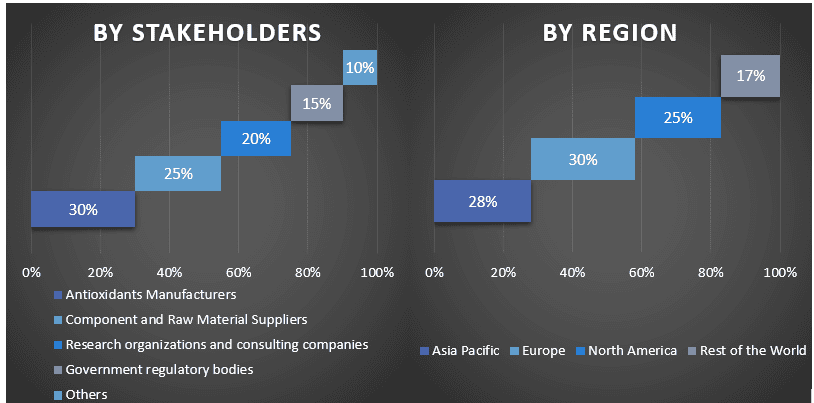
Market Engineering
Data triangulation technique was employed to complete the overall market estimation and to arrive at precise statistical numbers of each segment and sub-segment of the global food antioxidants market. Data was split into several segments & sub-segments post studying various parameters and trends in the areas of types, forms, applications, and sources in the global food antioxidants market.
The main objective of the Global Food antioxidants Market Study
The current & future market trends of the global food antioxidants market were pinpointed in the study. Investors can gain strategic insights to base their discretion for investments on the qualitative and quantitative analysis performed in the study. Current and future market trends determined the overall attractiveness of the market at a regional level, providing a platform for the industrial participant to exploit the untapped market to benefit as a first-mover advantage. Other quantitative goals of the studies include:
- Analyze the current and forecast market size of the food antioxidants market in terms of Value (USD). Also, analyze the current and forecast market size of different segments and sub-segments
- Segments in the study include areas of types, forms, applications, and sources.
- Define and analysis of the regulatory framework for the food antioxidants market industry.
- Analyze the value chain involved with the presence of various intermediaries, along with analyzing customer and competitor behaviors of the industry.
- Analyze the current and forecast market size of the food antioxidants market for the major region.
- Major countries of regions studied in the report include Asia Pacific, Europe, North America, and Rest of the world.
- Company profiles of the food antioxidants market and the growth strategies adopted by the market players to sustain in the fast-growing market
- Deep dive regional level analysis of the industry
Related Reports
Customers who bought this item also bought


